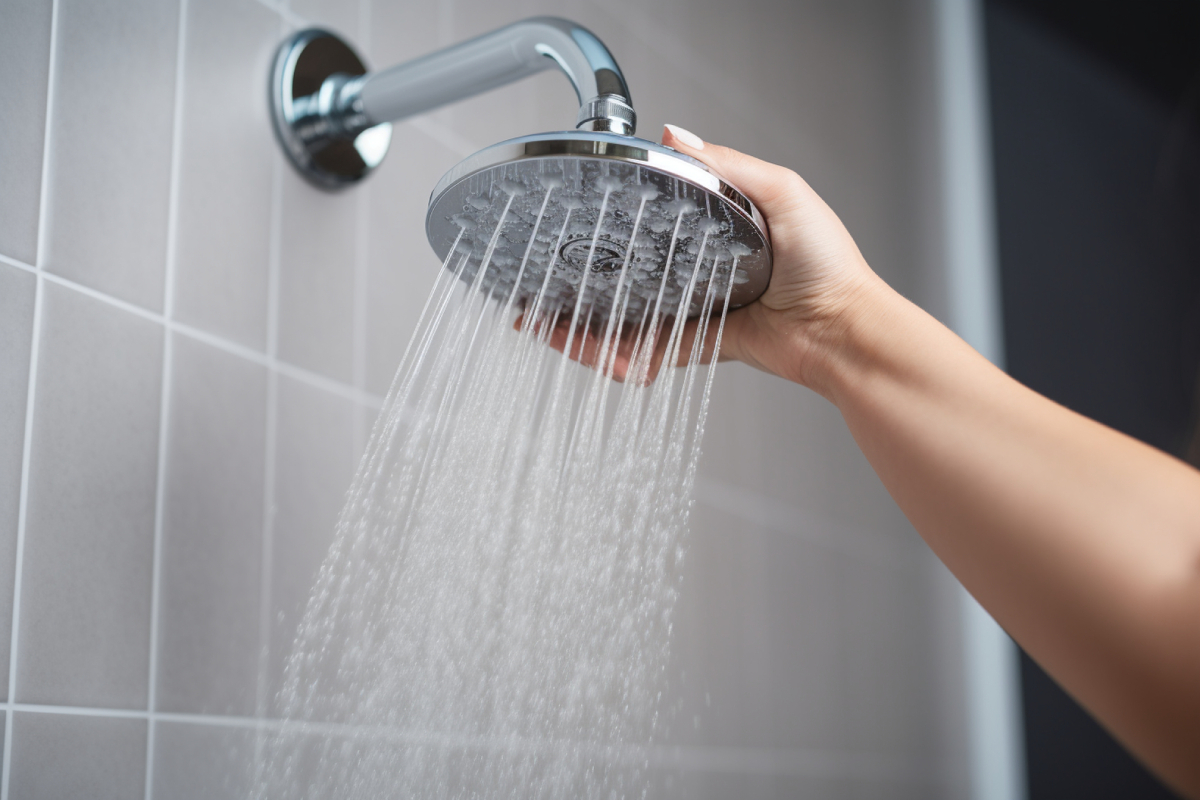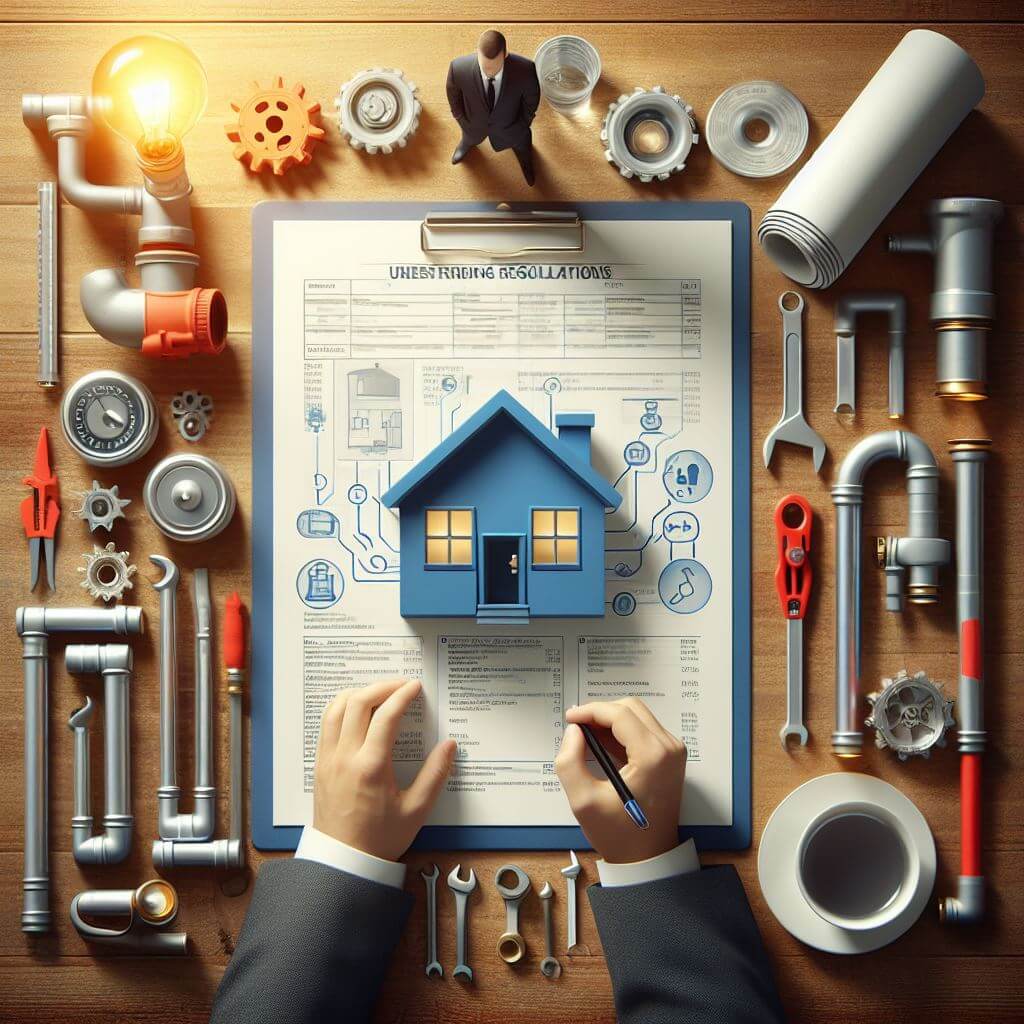Have you been trying to locate critical info on Understanding the Basics of Your Home's Plumbing System?

Plumbing is an essential element of any kind of home, responsible for providing tidy water for alcohol consumption, cooking, and bathing, as well as removing wastewater securely. Recognizing the fundamentals of home plumbing is essential for every property owner to make sure appropriate upkeep, troubleshooting, and, if essential, repairs. In this newbie's guide, we'll cover the basic concepts of home plumbing to aid you become extra aware of exactly how it works.
Supply Of Water System
The water system system brings clean water into your home from a community water resource or a personal well. It contains a major water line that links to your home's plumbing system, generally located underground. A water meter determines the quantity of water consumed, while a shut-off shutoff enables you to manage the flow of water into your home.
Plumbing Fixtures
Plumbing fixtures are devices that supply water to numerous parts of your home and include sinks, faucets, commodes, showers, bathtubs, and appliances such as dishwashers and cleaning devices. Each fixture is attached to the supply of water system by means of pipes and fittings and might have its shut-off shutoff for maintenance or emergency situations.
Water Furnace
The water heating system is accountable for home heating water for domestic usage, consisting of showering, cooking, and cleansing. Typical types of water heaters include tank-type water heaters, tankless (on-demand) water heaters, and heatpump water heaters. The hot water heater is linked to the water supply system and supplies hot water to plumbing components as required.
Drainage System
The drainage system eliminates wastewater from your home and carries it away to a sewage treatment facility or septic tank. It contains a network of pipelines, installations, and components that move wastewater from plumbing fixtures to the primary drain line or septic tank. Proper drain is important to stop obstructions, back-ups, and sewage leakages.
Air flow System
The ventilation system assists maintain correct air pressure and avoid sewage system gases from entering your home. Air vent pipes, also called air vent stacks, extend from plumbing fixtures to the roofing system, enabling drain gases to run away securely outside. Ventilation pipelines also permit air to get in the water drainage system, helping with smooth wastewater flow and protecting against suction or vacuum impacts.
Typical Plumbing Devices
Having the right devices on hand is necessary for executing basic plumbing repairs and upkeep jobs. Typical plumbing devices consist of adjustable wrenches, pipe wrenches, pliers, pipeline cutters, hacksaws, bettors, augers (or drain snakes), and Teflon tape. Having these devices easily offered can assist you take on small plumbing issues effectively.
Standard Plumbing Fixings
While some plumbing fixings might require specialist help, lots of typical concerns can be addressed with standard do it yourself methods. Understanding just how to repair a leaking faucet, unblock a drain, replace a bathroom flapper, or fix a trickling showerhead can save you time and money on plumbing repair services.
Conclusion
Recognizing the essentials of home plumbing is vital for every property owner to keep a secure, practical, and reliable plumbing system. By acquainting on your own with the water system system, plumbing components, water drainage system, ventilation system, common plumbing devices, and standard repairs, you can confidently resolve small plumbing problems and ensure your home's plumbing system runs efficiently.
Plumbing Basics Guide for Homeowners
For many homeowners, the plumbing system can be a mystery with a lot of hidden perils. Since most of the pipes and connections hide behind fixtures, walls, or even underground, people may not get a chance to see how they work until they need to. However, learning the basics around the plumbing system is important for homeowners, especially if they want to perform DIY maintenance, repair, or upgrades. By exploring the system and learning the most common mistakes, people will better understand what they are looking at and how they can minimize the risk of damage.
Parts of the Home Plumbing System
Although homeowners may have a rough sense of how their plumbing is supposed to work, they may not know all the parts of the system. For example, when someone turns on a tap, they may not understand how the water arrives or what happens after it goes down the drain. People should familiarize themselves with various terms related to plumbing, including:
Pipes: Tubes allowing the free flow of water, usually made of metal or PVC Fittings: Connectors that enable pipes to change direction Valves: Parts that control the direction and flow of water Fixtures: Permanent pieces that hold or control water, like sinks or tubs Traps: Special bends in the plumbing to prevent sewer gases from escaping Filters: Devices to prevent certain kinds of waste from accumulating in the pipes Appliances: Equipment that uses water, such as a dishwasher or water heater Supply: How Homes Get Water
Most homeowners get their water supply from a municipal plumbing system. Others rely on well water, which must be pumped from a nearby well. In order to have access to water, homeowners must install a supply line underground. This line usually has a main shut-off valve and a specific amount of water pressure. From there, the supply line goes to the water heater for heating. The rest of the house has two supply lines: one for cold water and one for hot water. They often run together to each fixture and appliance.
Draining: Where Used Water Goes
Every fixture and appliance has a drainage system that connects to the home's drainage line. Certain rooms may also have a drain in the middle of the floor, in case of flooding or for cleaning. Each fixture has a trap that allows water and waste to pass through but doesn't allow sewer gases to return in the opposite direction. The pipes connecting the fixtures and the appliances connect to a branch pipe and eventually to a drain stack, which leads to the home's main drain line underground. That line connects to a septic system or to the municipal sewer system.
Venting: What Keeps Home Plumbing Running Smoothly
The decomposition of human waste can produce gases, which need proper venting in the home's plumbing system. Drain traps prevent the gases from pushing through the drain and into the home, but they don't provide ventilation. Ventilation is important because the accumulation of gases can cause glugging and slow the flow of wastewater out of the home's plumbing system. There are different types of vents that homeowners can consider. Most of the time, the vents connect to the vertical drain stacks and allow the gases to escape through a pipe leading directly to the roof.
Tools for DIY Plumbing
There are a variety of tools that homeowners can use for DIY plumbing projects. Some are related specifically to installation or repair, while others are typically used for general maintenance. Popular tools include:
Pipe wrench Adjustable wrench Sink wrench Pliers Plumbers putty Plumbers tape Hand auger Plunger Installing New Water Lines in a Home
Installing new water lines takes additional care, especially if people are only replacing parts of the line. As a general rule, experts recommend that homeowners consider starting with copper piping to run from the water main to the water heater. This part of the line usually requires a pipe that's three-quarters of an inch in diameter. If a copper pipe must connect to a galvanized steel pipe, place a rubber washer in-between. This will stop the pipes from reacting with each other.
From the water heater, people can use half-inch pipes to lead to various fixtures and appliances. They might choose from a variety of materials, like PEX or copper. For each step of the process, homeowners may want to test out the length with a dry fit. This term describes fitting the pipes together to confirm that they are the right size before applying glue, tape, or solder. The best approach to connecting the pipes depends on the material. People should investigate suitable connectors, especially if they are going to use multiple different materials together.

Do you enjoy reading up on Understanding the Basics of Your Home's Plumbing System? Create a short review directly below. We will be delighted to know your reactions about this write up. In hopes that you come back again later on. Please take a moment to distribute this write-up if you enjoyed it. We treasure reading our article about Plumbing Basics Every Homeowner Should Know.
Book Instantly